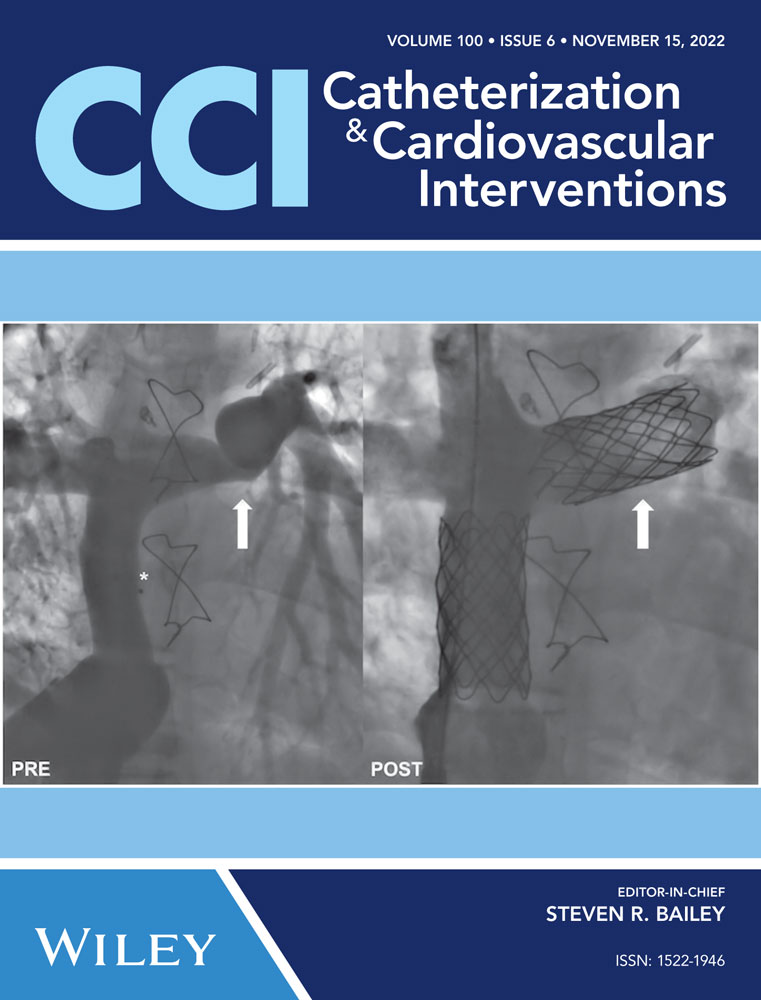Lithotripsy for calcified in-stent restenosis. The “rock strata peeling pattern”: A novel fracture pattern detected by optical coherence tomography
Abstract
Calcified neoatherosclerosis represents a particularly challenging scenario in patients with in-stent restenosis (ISR), frequently associated with worse angiographic and optical coherence tomography (OCT) results compared with other patients with typical ISR. Intravascular lithotripsy (IVL) has emerged as a safe and effective technology to circumferentially modify calcium in heavily calcified coronary lesions. Preliminary data also suggest its usefulness in calcified neoatheroscerosis. This case report aims to describe a novel fracture pattern after IVL identified by OCT (the “rock strata peeling pattern”) in patients presenting with ISR due to calcified neoatherosclerosis.
CONFLICT OF INTEREST
The authors declare no conflict of interest.
Open Research
DATA AVAILABILITY STATEMENT
The data that support the findings of this study are available on request from the corresponding author. The data are not publicly available due to privacy or ethical restrictions.




